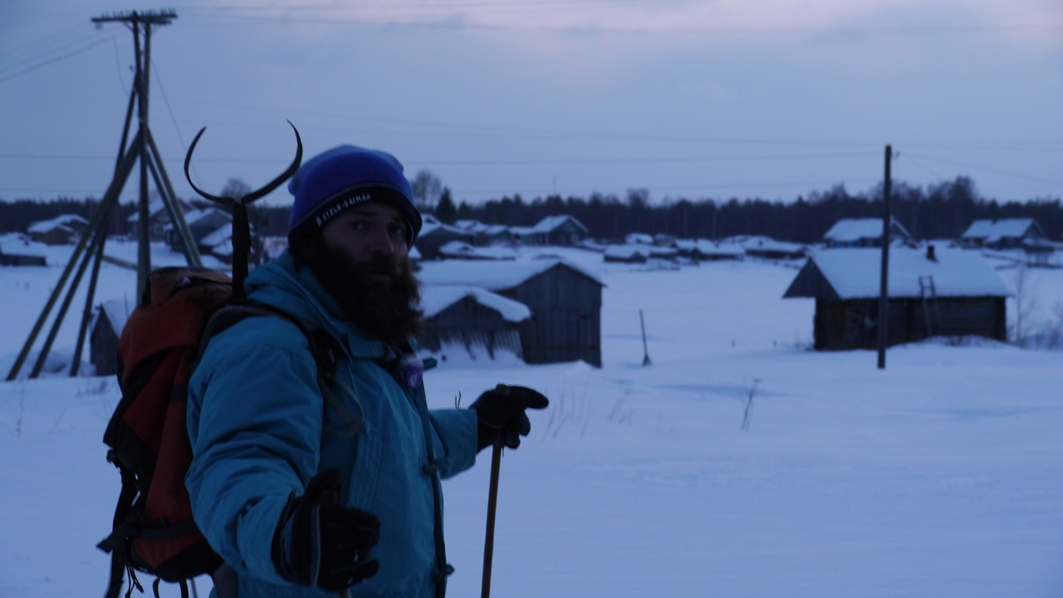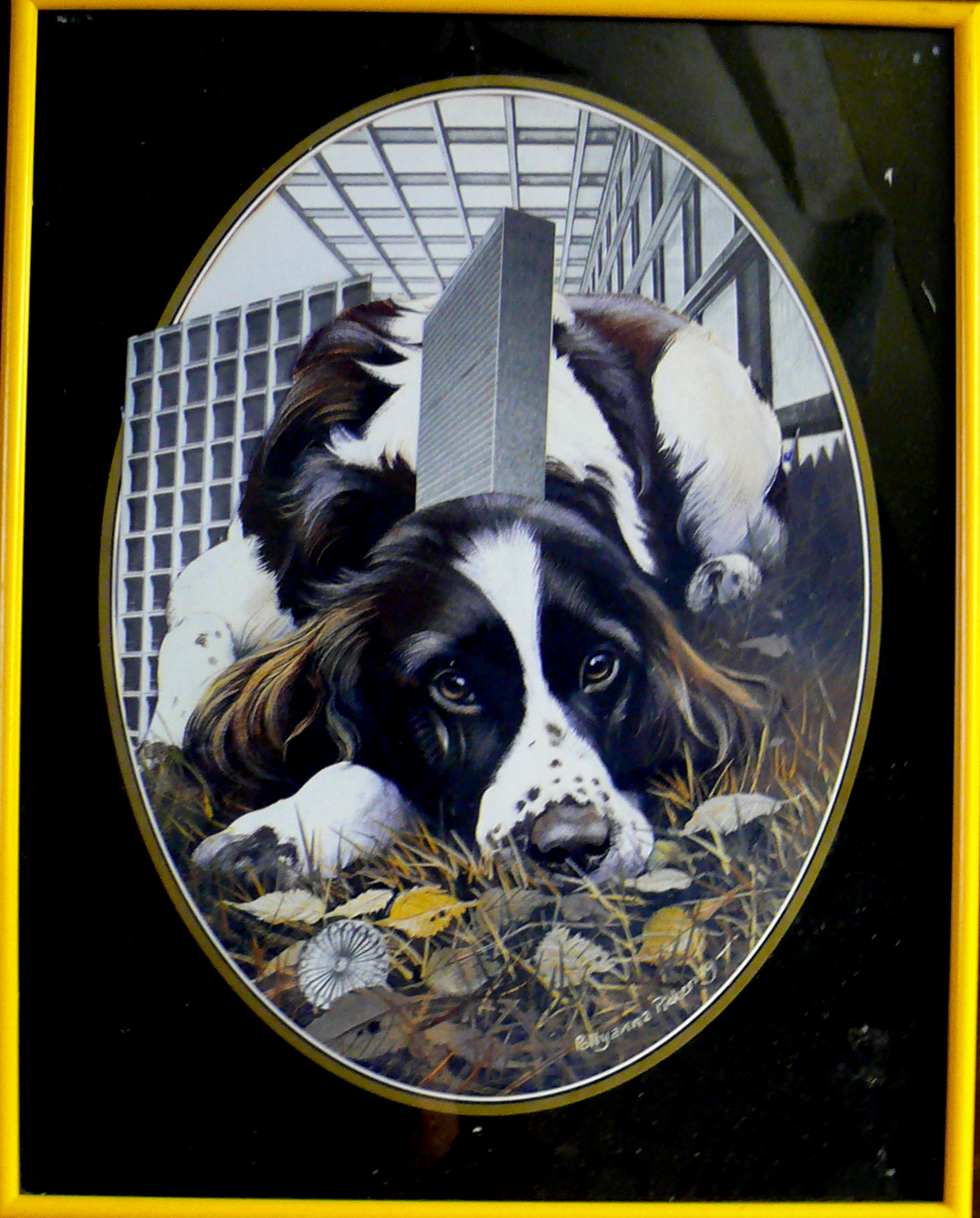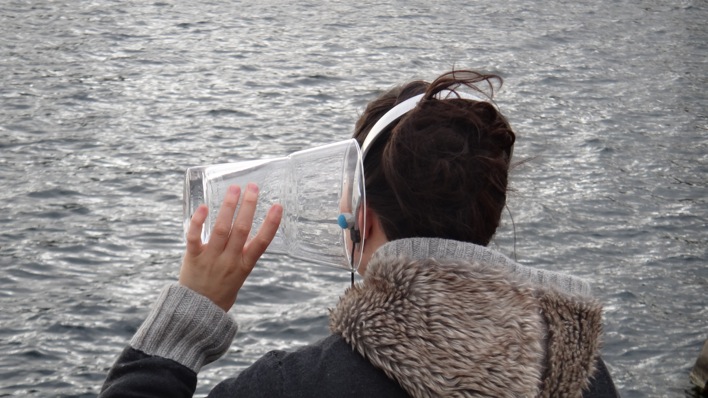 LISTEN HERE
LISTEN HERE
EN ECOUTE ICI
Out come the wolves is the second sound piece of Nicolas Perret and Cédric Anglaret’s project The four seasons of Paanjärvi in which, since 2009, they focus on the soundscape of the small russian village of Paanajärvi. Isolated in the thick primary forest of oriental Karelia, Paanajärvi has somehow fallen out of the time. Its inhabitants, the last custodians of the disappearing Karelian culture, live a tough life that is strongly bond to the nature surrounding them.
Winters are harsh in Paanajärvi. At this latitude, the sun doesn’t show much and temperatures remain way below freezing for many months. As winter progresses food gets rare for the wolves. Out of the forest they approach the village at night to attack dogs, that the villagers try to protect by all means. As long as dogs are barking the wolves are still far; once they are silent they are nearby. In the winter of 2012, 23 dogs were eaten by the wolves in Paanajärvi.
Following Out come the wolves, a 6 minutes addition sheds light on the Man who eats dogs.
The four seasons of Paanjärvi is supported by SCAM, Défi Jeune, the Juminkeko Foundation and Radio Grenouille.
In 2007 Nicolas Perret and Cédric Anglaret have joined their practice of sound, documentary and music in a common project of collection, creation and diffusion. Since they work under the name La danse de l’ours. www.ladansedelours.blogspot.com
Out come the wolves – winter, Recorded in March 2012 in Paanajärvi, Duration: 23 min, Mix: Philippe Chario. The man who eats dogs, Recorded in March 2012 in Paanajärvi, Duration: 23 min, Mix: Philippe Chariot
FRANCAIS
Out come the wolves est la seconde pièce du projet de Nicolas Perret et Cédric Anglaret Les quatre saisons de Paanajärvi, initié en 2009, autour du paysage sonore du petit village russe de Paanajärvi. Isolé au milieu des grandes forêts primaires de Carélie orientale, Paanajärvi est un village hors du temps où les habitants, derniers dépositaires d’une culture carélienne en train de disparaître, mènent une vie rude en étroite relation avec leur environnement naturel.
Les hivers sont durs à Paanajärvi. A cette latitude, le soleil se montre peu et les températures demeurent négatives durant de longs mois. Au fur et à mesure que l’hiver avance, les loups ne trouvant plus rien pour se nourrir en fôret se rapprochent du village et, la nuit venue, attaquent parfois les chiens que les villageois essayent tant bien que mal de protéger. Quand les chiens hurlent les loups s’approchent. Dès qu’ils se taisent – après quelques jappements effrayés – les loups sont là. Cet hiver là, 23 chiens ont été mangé dans le village.
A la suite de Out come the wolves, une seconde pièce de 6 minutes fait la lumière sur l’Homme qui mange des chiens. Les quatre saisons de Paanäjarvi a recu le soutien de la SCAM, Défi Jeune, Radio Grenouille et la fondation Juminkeko.
Depuis 2007 Nicolas Perret et Cédric Anglaret ont mis en commun leurs pratiques de la musique et du documentaire sonore dans un projet de collection, création et diffusion sous le nom de La Danse de l’Ours. www.ladansedelours.blogspot.com




